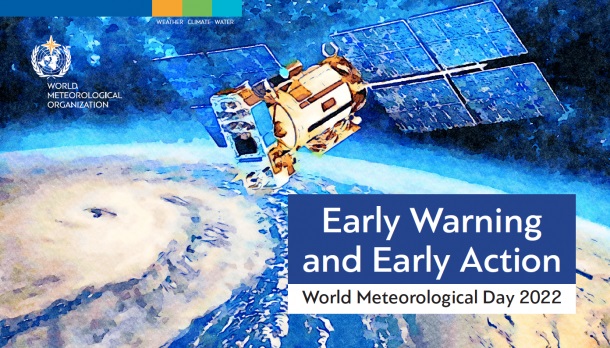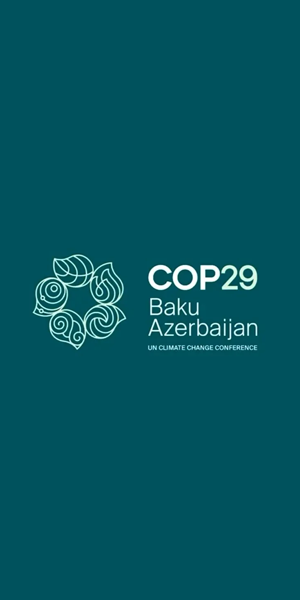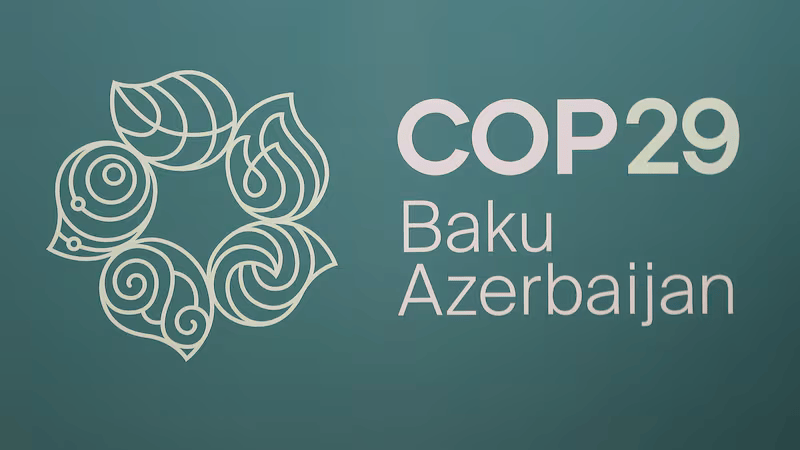
The United Nations said Wednesday it wanted the whole world covered by weather disaster early warning systems within five years to protect people from the worsening impacts of climate change.
A third of the world’s people, mainly in the least-developed countries and developing small island states, are without early warning coverage, the UN said, with 60 percent of people in Africa wide open to weather catastrophes.
The plan will cost $1.5 billion – but the UN insisted it would be money well spent compared to the devastation wrought by meteorological disasters.
“The United Nations will spearhead new action to ensure every person on Earth is protected by early warning systems within five years,” UN Secretary-General Antonio Guterres announced, launching the plan on World Meteorological Day.
Proper early warning systems – for floods, droughts, heatwaves or storms – allow people to know that hazardous weather is coming, and set out plans for what governments and individuals should do to minimize the impacts.
”Each increment of global heating will further increase the frequency and intensity of extreme weather events,” said Guterres.
”Early warning systems save lives. Let us ensure they are working for everyone.”
Return on investment
The UN’s World Meteorological Organization will present an action plan at the next UN climate conference, to be held in Egypt in November.
WMO chief Petteri Taalas said the $1.5 billion required to build weather, water, and climate early warning services would provide one of the highest rates of return on investments in climate adaptation.
The organization believes the investment would save countless lives, protect the most vulnerable and make good economic sense.
The WMO said the number of weather disasters it recorded went up five-fold from 1970 to 2019, due to climate change and an increased number of extreme weather events, but also improved monitoring.
“Thanks to better warnings, the number of lives lost decreased almost three-fold over the same period,” the organization said.
The 2015 Paris Agreement on climate change, struck at the COP21 summit, called for capping global warming at well below two degrees Celsius above the pre-industrial (1850-1900) level, and ideally closer to 1.5 C.
Guterres said it was vital to limit global temperature rises to 1.5 C as the hotter the planet gets, the greater the frequency and intensity of extreme weather events.
“Keeping 1.5 alive requires a 45 percent reduction in global emissions by 2030 to reach carbon neutrality by mid-century,” he said.
However, carbon emissions are set to rise by almost 14 percent this decade.
It is also feared that as countries turn away from Russian oil and gas following the Kremlin-ordered war in Ukraine, short-term alternatives will end up becoming new, long-term deals that lock in fossil fuel dependency, putting the final nail in the coffin for the 1.5 C target.
Africa gap
One problem stemming from the lack of advanced weather monitoring systems in Africa is that climate projections are built from sparse information.
While west African countries have the best early warning coverage on the continent and particular nations like Kenya and Morocco have reasonable services, central Africa is poorly covered.
Mohamed Adow, founder of the Nairobi-based climate action think-tank Power Shift Africa, told Agence France-Presse (AFP) that this was leading to blind choices in preparing for more extreme weather events.
“How do you create early warning systems for extreme weather without the data?” he said.
“Let’s say you build a meter-high seawall due to sea level rise. But what if the risk of sea level rise in your region is going to be higher?”











